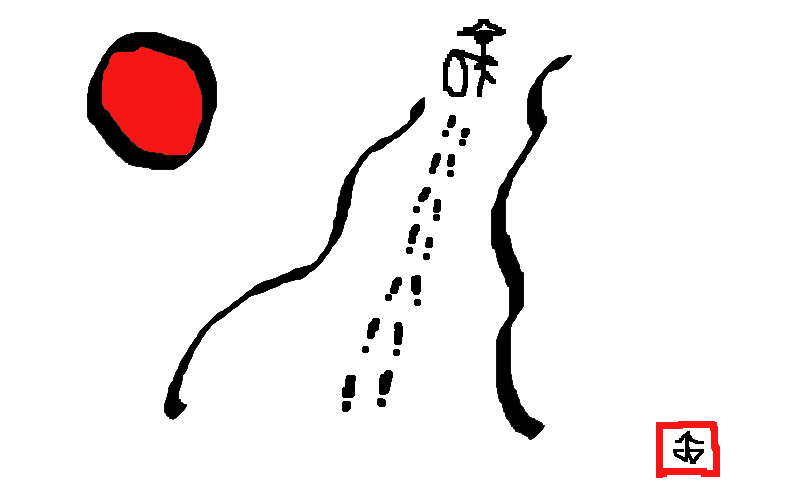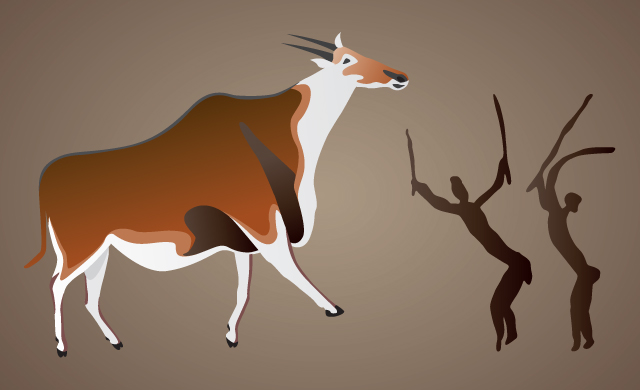Mama, Don’t Let Your Babies Grow Up To Deny Evolution If adults want to deny evolution, sure. That’s fine. Whatever. But those adults better not make their kids follow in […]
Search Results
You searched for: Imagin today
If our “standard candles” aren’t so standard, is dark energy still real? “Some say the world will end in fire,Some say in ice.From what I’ve tasted of desireI hold with […]
The chief executive officer and president of NPS Pharmaceuticals walks us through the health innovations we can expect in the coming decades.
Every so often, an individual comes forward with a completely original idea that changes how we view the world, starting as if from nowhere, without relying on the gains of the past.
There are three things an idea must do to become a full-fledged scientific theory. How does the Multiverse stack up? “It’s hard to build models of inflation that don’t lead […]
What matters more? Money or privacy? For Kansas City residents that have the option to pay a little more for some internet privacy, most have chosen to remain open to targeted ads.
Thanks to Big Think’s favorite experimental philosopher Jonathon Keats, our great-great-great-great-great-great-great-great-great grandchildren will have a photographic record of how Tempe, Arizona, in 3015 ended up that way.
If the question of life or death resides in the hands of a deity, then the death penalty is a sin against that god. Yet if it’s in our own hands, a woman deciding whether or not to bring a child forth should not be made to feel guilty, or worse, that she herself has sinned.
It’s subtle and pernicious as hell how this happens. How we transform something that’s supposed to make us more open and balanced into a shiny new prison of things, jargon, and obligations.
“Much of what we now call ‘religion’ was originally rooted in an acknowledgement of the tragic fact that life depended on the destruction of other creatures,” writes Karen Armstrong.
Could a strong enough tether save you? Or is your fate inevitable? “Nobody ever did, or ever will, escape the consequences of his choices.”–Alfred A. Montapert Everyone is free to […]
The attack at the Bardo National Museum in Tunis, Tunisia, on March 18, 2015, was an attack on civilization itself. Not just Tunisian civilization or Western civilization or Islamic civilization or Christian civilization — ALL civilization. ISIS may not have been directly involved in the Tunisian attack, but its iconoclastic, its “year zero” philosophy certainly was present. The fact that these attackers targeted tourists seeking out ancient civilizations rather than the artifacts of those ancient civilizations makes this latest tragedy even more chilling. The Bardo National Museum attacks may one day emerge as the first battle in the ultimate fight for civilization’s survival.
When British archaeologist Leonard Woolley discovered in December 1927 the tomb of Puabi, the queen/priestess of the Sumerian city of Ur during the First Dynasty of Ur more than 4,000 years ago, the story rivaled that of Howard Carter’s discovery of Tutankhamun’s tomb in Egypt just five years earlier. “Magnificent with jewels,” as Woolley described it, Puabi’s tomb contained the bodies of dozens of attendants killed to accompany her in the afterlife — the ideal material for a headline-grabbing PR campaign that momentarily shouldered Tut out of the spotlight. A new exhibit at New York’s The Institute for the Study of the Ancient World titled From Ancient to Modern: Archaeology and Aesthetics puts Puabi back in the spotlight to examine how archaeology and aesthetics intersected, transforming ancient art into modern and making modern art strive to be ancient.
It’s common to dismiss the sorts of processes undertaken by the characters in CSI or House as the stuff of fantasy. MetaMed Research co-founder Michael Vassar argues that we’ve got that all wrong.
Romance and reason are becoming estranged bedfellows (too bad—they were a cute couple). Does love’s logic now add up? Or is love like “happiness,” a low-resolution word (unhelpful in seeing key distinctions). Food for thought on love’s unrequited logic…
The biographer evaluates the current state of technology-based communities and suggests that future innovations will completely revolutionize the way we write books.
This International Women’s Day, celebrate Henrietta Leavitt, who took us beyond the stars and into the galaxies. “Her will tells nearly all. She left an estate worth $314.91, mostly in […]
One of the brightest minds in basketball walks through the theory and implementation of advanced analytics.
The story of our neck of the woods, on the most cosmic of all scales. “We live in a world that has narrowed into a neighborhood before it has broadened […]
The Woman in White is a Victorian mystery novel containing a “songline” of a chance slice of London.
Innovation expert Elliott Masie explains the goal of his MASIE Center think tank: to investigate the connections between technology, innovation, and learning. Part of this is understanding the instantaneous nature of commercial innovation.
Working longer hours eventually stops being helpful in terms of labor productivity, says a Stanford economist who found hard and fast limits on what an additional hour of work can achieve.
Half a millennium later, you would think the Italian Renaissance could hold no more secrets from us, no “codes” to decipher. And, yet, secrets hiding in plain sight continue to startle modern audiences with the depth and breadth of that amazing era. One of the well-kept secrets, at least until now, was the work of Piero di Cosimo, subject of his first major retrospective, Piero di Cosimo: The Poetry of Painting in Renaissance Florence at the National Gallery of Art, Washington, DC. Called “a madman” for his personal and artistic quirks by Renaissance chronicler Giorgio Vasari, Piero’s ability to paint in multiple genres all with a dizzying amount of detail may have seemed madness to contemporaries, but appeals to modern audiences conditioned for such visual assaults. There may have been a method to Piero di Cosimo’s madness after all.
The Orion spacecraft has splashed down off the coast of Baja California after a successful test flight. NASA hopes to use Orion to send astronauts to the moon and Mars within 25 years.
Mariam Sultana became her country’s first woman with a Ph.D. in astrophysics. This is her story, with an update on where she is now. Mariam Sultana, Pakistan’s very first woman […]
In today’s featured discussion on pheromones, biologist Edward O. Wilson explains that there are massive amounts of natural stimuli that humans are not physically privy to.
Michio Kaku: Can We Download Our Brains? One day we might be able to download our consciousness into a computer chip, preserving our personalities forever—but first we will have to […]
Everyone has a large number of great theories or ideas. Here’s one that I have: Wouldn’t it be great if all of the money that each person generated was split […]
Theorems are gold in math. But in physics? The Universe will surprise you. “What we need is more people who specialize in the impossible.”–Theodore Roethke Physics is one of the […]



















